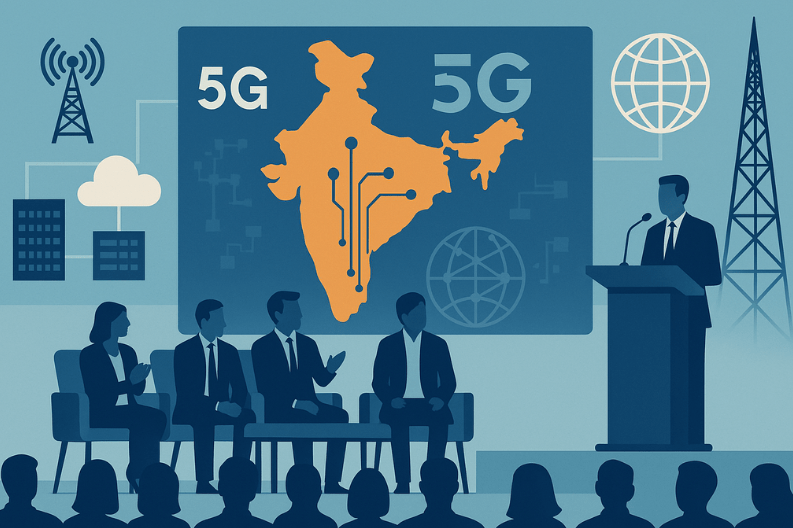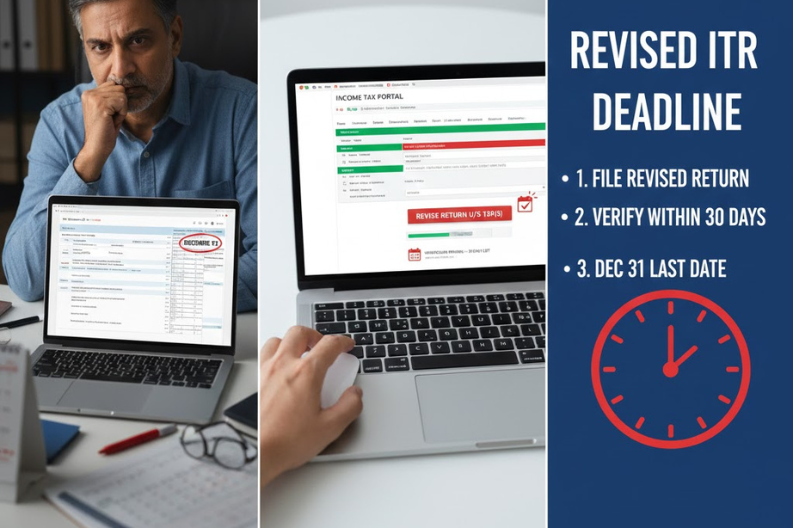On September 23, 2025, New Delhi hosted the Bharat Digital Infra Summit, a landmark event focused on Charting the Path to a Robust Digital Backbone. Leaders from government, industry, and technology gathered to discuss how to improve India’s digital infrastructure and make it more inclusive. They highlighted the importance of expanding 5G, laying stronger fiber networks, and developing data centers and cloud systems. The aim is to create secure Digital Public Infrastructure (DPI) that every citizen can use with ease.
The summit provided a key platform for sharing ideas and influencing policies. Speakers emphasized that India’s digital growth must be sustainable, fair, and secure. They explained that bridging the gap between urban and rural regions remains central to building “Digital Bharat.” For example, many villages in Punjab still struggle with poor Internet connectivity, making inclusion a pressing need.
During his opening remarks, Shashi Dharan, Managing Director of Bharat Exhibitions, said, “It’s not just about towers and fiber. It’s about building a holistic and resilient digital backbone to support a Viksit Bharat.” His comments underlined the need for balance between technology expansion and social inclusion.
Brig. Anil Tandan, Director General of the Broadband India Forum, added that robust digital infrastructure is essential for creating a truly inclusive economy. He reminded the audience that India’s path to “Viksit Bharat 2047” depends on reliable connectivity and secure digital services.
Chief Guest Manish Sinha, Member (Finance) of the Digital Communications Commission, explained how the Department of Telecommunications (DoT) supports this vision. He said the DoT focuses on both foundational infrastructure and citizen-friendly services. Their work includes rolling out 5G networks, simplifying infrastructure approvals, and aiming for leadership in 6G by 2030.
A. Robert J. Ravi, Chairman and Managing Director of BSNL, gave updates on last-mile connectivity. He stated that BSNL is laying extensive fiber networks to bring e-health, e-education, and e-governance even to remote areas. He also shared how BSNL is adopting AI, cloud, and blockchain to make services more efficient, especially in healthcare and logistics.
The government is also shaping policies in areas such as quantum computing, AI, and cybersecurity. Officials stressed that India must secure its systems while opening doors for innovation. They believe this approach can boost both economic growth and better governance.
A White Paper titled Digital Infrastructure for Viksit Bharat: A 2047 Roadmap for Inclusive Growth was launched at the summit. Authored by Sundeep Kathuria, Advisor to the Broadband India Forum, the paper outlined strategies for long-term development. It stressed that India must prepare its digital ecosystem now to stay competitive globally.
Manoj Kumar Singh, Director General of the Digital Infrastructure Providers Association, explained that members are upgrading telecom sites, setting up small cells, and deploying smart solutions to improve 5G readiness. He insisted that without future-ready infrastructure, the dream of Viksit Bharat will remain incomplete.
Speakers also highlighted the role of public-private partnerships. Government officials such as Padma Jaiswal, IAS, and private companies alike expressed strong commitment to shaping India’s digital future. States like Punjab are also playing a role by expanding Internet access in rural areas, ensuring no community is left behind.
The summit concluded with optimism. By combining government policy, industry innovation, and community focus, India aims to achieve both growth and inclusion. Leaders agreed that by 2047, India could lead globally in digital technology while ensuring that every citizen enjoys the benefits of a connected economy.
In the end, the Bharat Digital Infra Summit showed that India is serious about Charting the Path to a Robust Digital Backbone. Through collaboration, innovation, and inclusive planning, the country can bridge divides, create secure systems, and position itself as a global digital leader.



